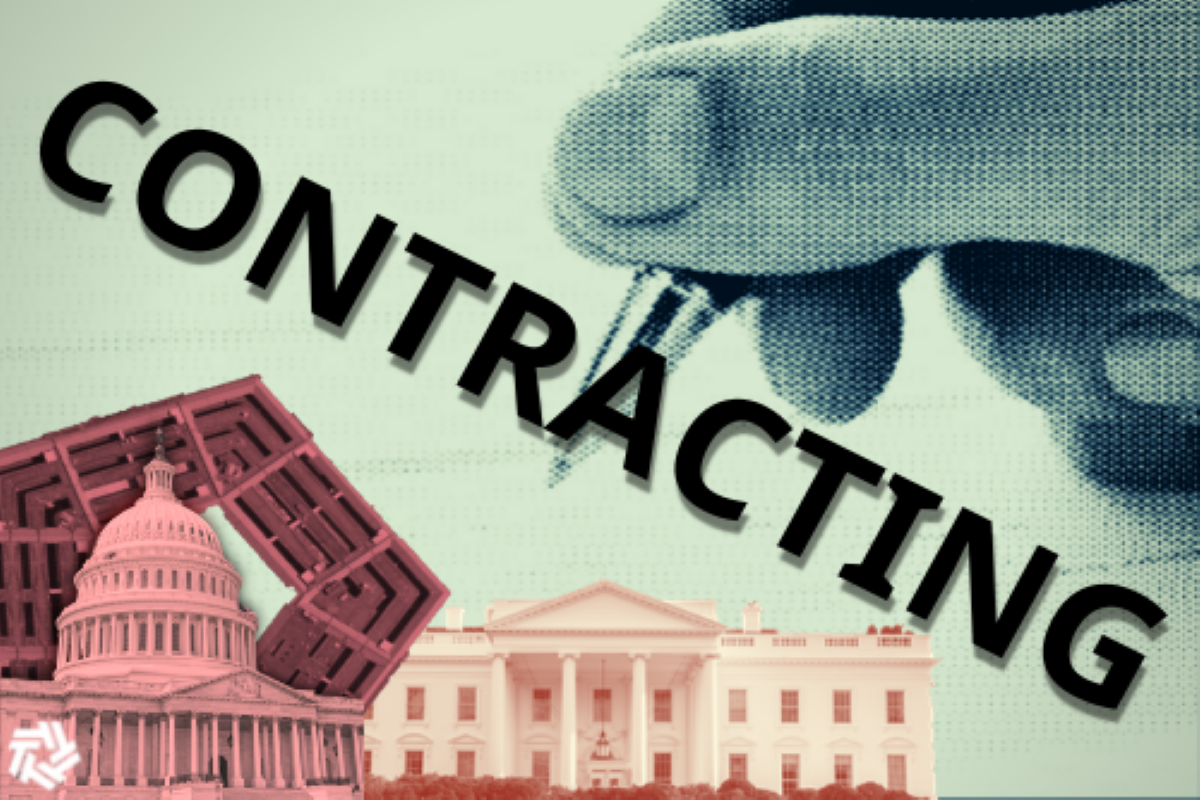Photo credit Source : federalnewsnetwork.com
Updates to Uniform Guidance on Grants and Federal Assistance: Highlights and Implications
The White House has recently updated the Uniform Guidance on grants and federal assistance, marking a significant change in the regulatory landscape for agencies and grantees. The update, which comes 10 years after the initial issuance, aims to reduce the burden on both parties involved in the grant process.
One of the key highlights of the update is the emphasis on making grants more accessible and transparent for families, communities, and small businesses. To delve deeper into the changes, the Federal Drive with Tom Temin spoke with procurement attorney Dan Ramish from Haynes Boone.
Ramish highlighted the importance of federal grants and financial assistance, which amount to over $1 trillion annually. He noted that government contractors often participate in the federal grant space, either as contractors or recipients, making it crucial to streamline the process for all parties involved.
The update includes changes such as a new template for standard solicitations and notices of funding opportunities, aimed at simplifying the application process for prospective recipients. Additionally, there are adjustments to thresholds for audits, de minimis rates, whistleblower protections, and cybersecurity controls.
One significant change is the increase in the threshold for audits under the Single Audit Act, raising it from $750,000 to $1 million in total expenditures of federal funds for a single fiscal year. This adjustment is expected to relieve the burden on agencies and auditors while focusing on higher-risk areas.
Another notable change is the adjustment of the de minimis rate from 10% to 15%, allowing recipients to recover more of their indirect costs without the need for extensive negotiations. The update also introduces new whistleblower protections and requirements for reasonable cybersecurity internal controls, aligning with broader government priorities.
Overall, the updated Uniform Guidance is set to take effect on October 1, 2024, with agencies having the option to implement it earlier. Recipients and sub-recipients are advised to stay informed about the changes and prepare for the rollout of the final guidance in the coming weeks. The move is expected to streamline the grant process, making it more efficient and transparent for all stakeholders involved.


